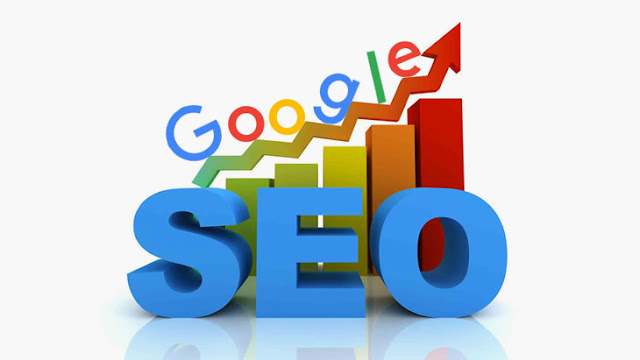SEO stands for “search engine optimization.” In simple terms, it means the process of improving your site to increase its visibility when people search for products or services related to your business in Google, Bing, and other search engines. The better visibility your pages have in search results, the more likely you are to garner attention and attract prospective and existing customers to your business.
How Does SEO Work?
Google (and Bing, which also power Yahoo search results) score their search results largely based upon relevancy and authority of pages it has crawled and included in its web index, to a users query to provide the best answer.
Google uses over 200 signals in scoring their search results and SEO encompasses technical and creative activities to influence and improve some of those known signals. It’s often useful to not focus too much on individual ranking signals and look at the wider goal of Google, to provide the best answers for its users.
search engine optimization (SEO), therefore, involves making sure a website is accessible, technically sound, uses words that people type into the search engines, and provides an excellent user experience, with useful and high quality, expert content that helps answers the user’s query.
Google has a very large team of search quality raters that evaluate the quality of search results, that gets fed into a machine learning algorithm. Google’s search quality rater guidelines provide plenty of detail and examples of what Google class as high or low quality content and websites, and their emphasis on wanting to reward sites that clearly show their expertise, authority and trust (EAT).
Google uses a hyperlink based algorithm (known as ‘PageRank’) to calculate the popularity and authority of a page, and while Google is far more sophisticated today, this is still a fundamental signal in ranking. SEO can therefore also include activity to help improve the number and quality of ‘inbound links’ to a website, from other websites. This activity has historically been known as ‘link building’, but is really just marketing a brand with an emphasis online, through content or digital PR for example.
Relevant and reputable websites linking to a website is a strong signal to Google that it might be of interest to its users, and can be trusted to appear in the search results for relevant queries.
There are a lot of factors that go into a search engine's algorithm, and here's how a group of experts ranked their importance
Onsite SEO
Onsite SEO refers to activities on a website to improve organic visibility. This largely means optimizing a website and content to improve the accessibility, relevancy and experience for users. Some of the typical activities include –
- Keyword Research – Analyzing the types of words and frequency used by prospective customers to find a brands services or products. Understanding their intent and a users expectations from their search.
- Technical Auditing – Ensuring the website can be crawled and indexed, is correctly geo-targeted, and is free from errors or user experience barriers.
- Onsite Optimization – Improving the website structure, internal navigation, on-page alignment and content relevancy to help priorities key areas and target relevant search phrases.
- User Experience – Ensuring content shows expertise, authority and trust, is simple to use, fast, and ultimately provides the best possible experience to users against the competition.
The above list only touches upon a small number of activities involved in Onsite SEO as an overview.
Offsite SEO
Offsite SEO refers to activities carried outside of a website to improve organic visibility. This is often referred to as ‘link building’, which aims to increase the number of reputable links from other websites, as search engines use them as a scoring as a vote of trust.
Links from websites and pages with more trust, popularity and relevancy will pass more value to another website, than an unknown, poor website that isn’t trusted by the search engines. So the quality of a link is the most important signal.
Some of the typical activities include –
- Content (‘Marketing’) – Reputable websites link to exceptional content. So creating amazing content will help attract links. This might include a how to guide, a story, a visualization, news or research with compelling data.
- Digital PR – PR provides reasons for other websites to talk and link to a website. This might be internal news flow, writing for external publications, original research or studies, expert interviews, quotes, product placement and much more.
- Outreach & Promotion – This involves communicating with key journalists, bloggers, influencers or webmasters about a brand, resource, content or PR to earn coverage and ultimately earn links to a website.
There’s obviously a huge number of reasons why a website might link to another and not all of them fit into the activities above. This might include speaking at an event which is covered by local bloggers, sponsoring a local football team, or being listed by suppliers, as examples.
A good rule of thumb on whether a link is valuable is to consider the quality of referral traffic (visitors that might click on the link to visit your website). If the site won’t send any visitors, or the audience is completely unrelated and irrelevant, then it might not really be a link that’s worth pursuing.
It’s important to remember link schemes such as buying links, exchanging links excessively, or low-quality directories and articles that aim to manipulate rankings, are against Google guidelines and they can take action by penalizing a website.
The best and most sustainable approach to improve the inbound links to a website is earning them, by providing genuine and compelling reasons for websites to cite and link to the brand and content for who they are, the service or product they provide or the content they create.







0 Comments